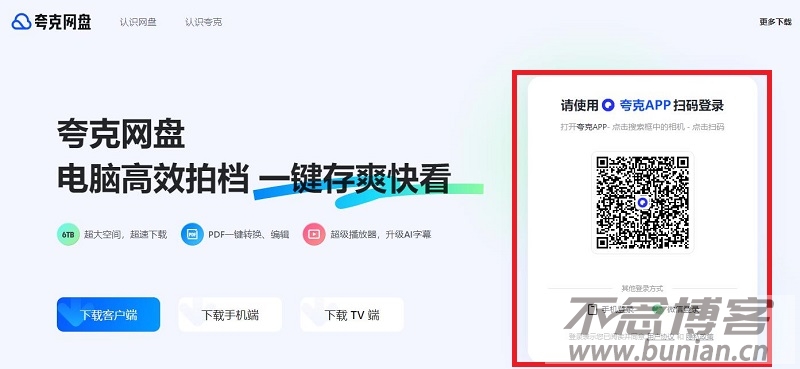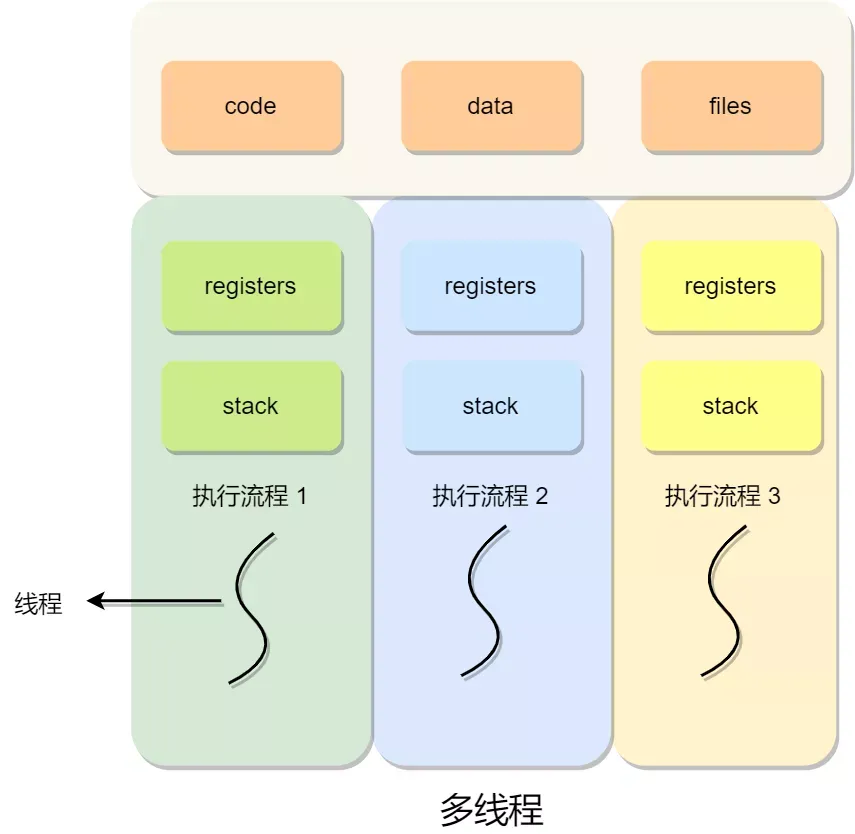该功能是网页中调用摄像头进行物体识别后可实现的行为
背景
网友的家里有一条狗🐶,很喜欢乘人不备睡沙发🛋️,恰好最近刚搬家 + 狗迎来了掉毛期 不想让沙发上很多毛。
所以希望能识别到狗,然后播放“gun 下去”的音频📣。
需求分析
- 需要一个摄像头📷
- 利用 chrome 浏览器可以调用手机摄像头,获取权限,然后利用 video 将摄像头的内容绘制到 video 上。
- 通过摄像头实时识别画面中的狗🐶
- 利用 tensorflow 和预训练的 COCO-SSD MobileNet V2 模型进行对象检测。
- 将摄像头的视频流转化成视频帧图像传给模型进行识别
- 录制一个音频
- 识别到目标(狗)后播放音频📣
- 需要部署在一个设备上
- 找一个不用的旧手机📱,Android 系统
- 安装 termux 来实现开启本地 http 服务🌐
技术要点
1、利用浏览器 API 调用手机摄像头,将视频流推给 video
const stream = await navigator.mediaDevices.getUserMedia({
// video: { facingMode: "environment" }, // 摄像头后置
video: { facingMode: "user" },
});
const videoElement = document.getElementById("camera-stream");
videoElement.srcObject = stream;2、加载模型,实现识别
let dogDetector;
async function loadDogDetector() {
// 加载预训练的 SSD MobileNet V2 模型
const model = await cocoSsd.load();
dogDetector = model; // 将加载好的模型赋值给 dogDetector 变量
}
3、监听 video 的播放,将视频流转换成图像传入模型检测
videoElement.addEventListener("play", async () => {
requestAnimationFrame(processVideoFrame);
});
async function processVideoFrame() {
if (!videoElement.paused && !videoElement.ended) {
canvas.width = videoElement.videoWidth;
canvas.height = videoElement.videoHeight;
ctx.drawImage(videoElement, 0, 0, canvas.width, canvas.height);
// 获取当前帧图像数据
const imageData = ctx.getImageData(0, 0, canvas.width, canvas.height);
// 对帧执行预测
let predictionClasses = "";
const predictions = await dogDetector.detect(imageData);
// 处理预测结果,比如检查是否有狗被检测到
for (const prediction of predictions) {
predictionClasses += `${prediction.class}\n`; // 组装识别的物体名称
if (prediction.class === "dog") {
// 播放声音
playDogBarkSound();
}
}
nameContainer.innerText = predictionClasses.trim(); // 移除末尾的换行符
requestAnimationFrame(processVideoFrame);
}
}4、播放音频
async function playDogBarkSound() {
if (playing) return;
playing = true;
const audio = new Audio(dogBarkSound);
audio.addEventListener("ended", () => {
playing = false;
});
audio.volume = 0.5; // 调整音量大小
await audio.play();
}5、手机开启本地 http 服务
安装 termux
安装 python3
运行 python3 -m http.server 80006、将项目上传到 termux 的目录
- 直接用 termux 打开文件
- 访问 http://localhost:8000
项目代码(改为html文件后)
<!DOCTYPE html>
<html lang="en">
<head>
<meta charset="UTF-8" />
<meta name="viewport" content="width=device-width, initial-scale=1.0" />
<title>Mobile Dog Detector</title>
<script src="https://cdn.jsdelivr.net/npm/@tensorflow/tfjs@4.17.0/dist/tf.min.js"></script>
<script src="https://cdn.jsdelivr.net/npm/@tensorflow-models/coco-ssd@2.2.3/dist/coco-ssd.min.js"></script>
<style>
#camera-stream {
width: 200px;
height: auto;
}
#name {
height: 200px;
overflow-y: auto;
font-family: Arial, sans-serif;
}
</style>
</head>
<body>
<video id="camera-stream" autoplay playsinline></video>
<div id="name" style="height: 200px"></div>
<script>
let playing = false;
let dogDetector;
async function loadDogDetector() {
// 加载预训练的 SSD MobileNet V2 模型
const model = await cocoSsd.load();
dogDetector = model; // 将加载好的模型赋值给 dogDetector 变量
console.log("dogDetector", dogDetector);
startCamera();
}
// 调用函数加载模型
loadDogDetector();
async function startCamera() {
const stream = await navigator.mediaDevices.getUserMedia({
// video: { facingMode: "environment" }, // 摄像头后置
video: { facingMode: "user" },
});
const nameContainer = document.getElementById("name");
const videoElement = document.getElementById("camera-stream");
videoElement.srcObject = stream;
const canvas = document.createElement("canvas");
const ctx = canvas.getContext("2d");
videoElement.addEventListener("play", async () => {
requestAnimationFrame(processVideoFrame);
});
async function processVideoFrame() {
if (!videoElement.paused && !videoElement.ended) {
canvas.width = videoElement.videoWidth;
canvas.height = videoElement.videoHeight;
ctx.drawImage(videoElement, 0, 0, canvas.width, canvas.height);
const imageData = ctx.getImageData(
0,
0,
canvas.width,
canvas.height
);
let predictionClasses = "";
const predictions = await dogDetector.detect(imageData);
for (const prediction of predictions) {
predictionClasses += `${prediction.class}\n`;
if (prediction.class === "dog") {
// 修改为检测到狗时播放声音
playDogBarkSound();
}
}
nameContainer.innerText = predictionClasses.trim();
requestAnimationFrame(processVideoFrame);
}
}
async function playDogBarkSound() {
if (playing) return;
playing = true;
const audio = new Audio("./getout.mp3");
audio.addEventListener("ended", () => {
playing = false;
});
audio.volume = 0.5; // 调整音量大小
await audio.play();
}
}
</script>
</body>
</html>实现效果
效果很好,用旧手机开启摄像头后,检测到狗就播放声音了。
![浏览器实时识别目标功能如何实现的 图片[1]-浏览器实时识别目标功能如何实现的-不念博客](https://www.bunian.cn/wp-content/uploads/2024/03/dc6bd565-d07d-4fb0-b1c2-de6dcc55aefc.png)
但是,家里人直接做了一个围栏晚上给狗圈起来了🚫
实现总结
该方案通过以下步骤实现了一个基于网页的实时物体检测系统,专门用于识别画面中的狗并播放特定音频以驱赶它离开沙发。具体实现过程包括以下几个核心部分:
- 调用摄像头:
使用浏览器提供的 navigator.mediaDevices.getUserMedia API 获取用户授权后调用手机摄像头,并将视频流设置给 video 元素展示。
- 加载物体检测模型:
使用 TensorFlow.js 和预训练的 COCO-SSD MobileNet V2 模型进行对象检测,加载模型后赋值给 dogDetector 变量。处理视频流与图像识别:
监听 video 元素的播放事件,通过 requestAnimationFrame 循环逐帧处理视频。将当前视频帧绘制到 canvas 上,然后从 canvas 中提取图像数据传入模型进行预测。在模型返回的预测结果中,如果检测到“dog”,则触发播放音频函数。
- 播放音频反馈:
定义一个异步函数 playDogBarkSound 来播放指定的音频文件,确保音频只在前一次播放结束后才开始新的播放。
- 部署环境准备:
使用旧 Android 手机安装 Termux ,创建本地 HTTP 服务器运行项目代码。上传项目文件至 Termux 目录下并通过访问 localhost:8000 启动应用。
通过以上技术整合,最终实现了在旧手机上部署一个能够实时检测画面中狗的网页应用,并在检测到狗时播放指定音频。









